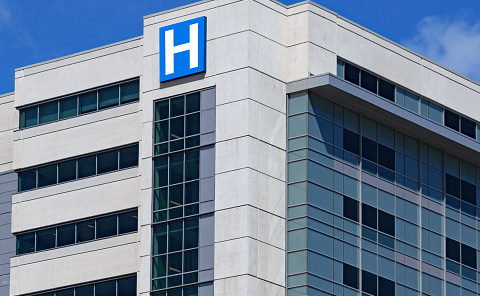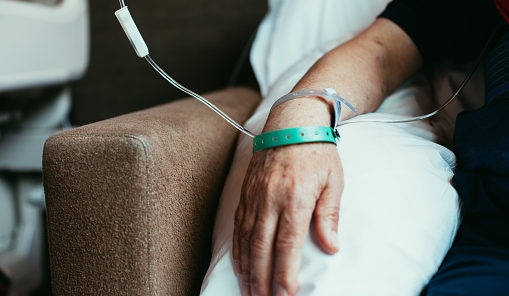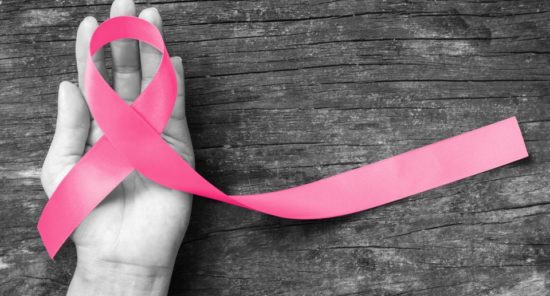A study of neighborhoods in New York City (NYC) showed that areas with large populations of racial and ethnic minorities have higher rates of poverty-related factors linked to multiple myeloma (MM).
Researchers from the Mount Sinai Health System conducted an analysis of neighborhood-level population factors to estimate possible variations in MM incidence and mortality across racial/ethnic groups and geographic location. They compared MM rates from the entire United States with NYC-specific data to assess trends.
Overall, MM incidence is higher and has increased at a higher rate in NYC compared with the rest of the nation. The average annual percentage change difference in MM incidence in NYC was –1.1 (95% confidence interval [CI], –2.3-to 0.1). In both NYC and the United States at large, MM occurrence was highest in African Americans (U.S. rate ratio [RR], 2.27; [95% CI, 2.22-2.32]; NYC RR, 2.11 [95% CI, 2.03-2.20]). Increased mortality correlated with Hispanic ethnicity, obesity, diabetes, poverty, HIV status, air quality, and indoor pesticide use.
The investigators found strong neighborhood-level correlations in MM incidence and mortality in NYC. In particular, neighborhoods with a high prevalence of residents of African ancestry and Latin American birth had higher rates of MM cases and death. Other neighborhood-level factors that were associated with increased MM risks were daily sugary beverage and low fruit and vegetable consumption, as well as neighborhood walkability.
“NYC neighborhoods with large minority populations have higher prevalence of poverty-related factors associated with MM incidence and mortality, warranting public health policies to address exposures and access to care,” the researchers concluded.
This study was published in Annals of Epidemiology.
Credit: Original article published here.










